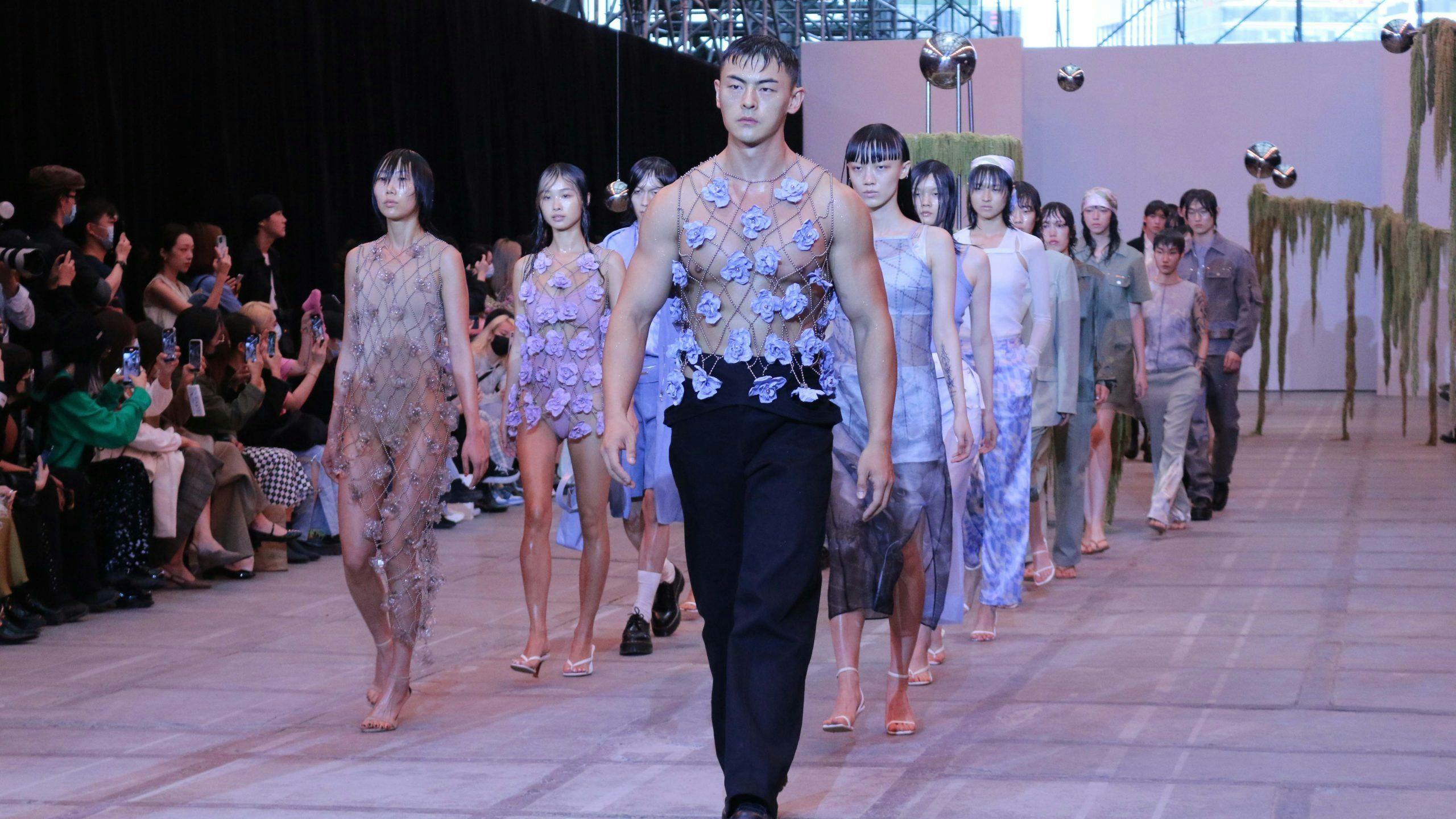Key Takeaways:#
European brands have consistently used their country of origin as an advantage, reinforcing the perceived positive aspects of their heritage, language, and culture. But a global audience also recognizes parts of China in this way, particularly Shanghai.
A collaboration between Canada Goose and Chinese designer Angel Chen is more than just providing a Chinese signature; it is recognition that Chinese aesthetics are a prominent feature of contemporary design and luxury.
Technological advancements in fields like artificial intelligence will push luxury brands to develop new capabilities specifically tailored to the Chinese market.
When luxury brands develop a presence in international markets, those strategies are generally rooted in Western business approaches. In fact, a Western-centric appreciation of luxury branding has undoubtedly become a global model for success that has laid the foundation for sustainable growth in emerging markets, including China.
But what comes next? China is entering a new phase of development where the catchphrase "emerging economy" has practically become obsolete in its markets. And calling China a BRICS nation does not seem valid when looking at its luxury industry, which rapidly developed into the largest and most extravagant worldwide.
Below, Jing Daily has outlined three game changers that challenge luxury brands to break the tenets of traditional luxury marketing in China: an expanding market increasingly driven by local forces.
Destination China#
European brands have consistently used their country of origin as an advantage, reinforcing the perceived positive aspects of their heritage, language, and culture. For example, French luxury brands repeatedly use the Eiffel Tower as an iconic backdrop in their brand communications. But a global audience, including Chinese consumers, also recognizes Shanghai's status as a fashion capital rivaling even Paris, Milan, London, and New York. Louis Vuitton, for instance, debuted its Men’s Spring-Summer 2021 collection by Virgil Abloh at the Shanghai docks. And Prada recently hosted its Spring-Summer 2022 collection simultaneously in Milan and Shanghai during Milan Fashion Week. Expectations are changing, and luxury brands should finally recognize Shanghai as a world-class fashion capital.
Inspired by China#
Brand provenance is still a key factor despite some luxury brands moving production outside of their domestic market. However, the rise of Chinese identity, design, and style — and ultimately domestic luxury brands — have become an ingenious code for celebrating Chinese culture and self-expression. As a result, Chinese culture has become an authentic source of inspiration.
The collaboration between Canada Goose and Angel Chen is more than just providing a Chinese signature; it is recognition that Chinese aesthetics are a prominent feature of contemporary design and luxury. The fusion of influences will mean that luxury, as in the case of French luxury brands, can still embody ‘L’art de Vivre.’ But Chinese cultural codes will increasingly get inserted into luxury products and services because Chinese consumers increasingly desire local significance at a deeply emotional and often patriotic level.

Create in China#
Innovation-led growth will be one of the most prominent issues facing luxury brands in China. However, the insights that drive innovation will no longer be monopolized by design bureaus in London, Paris, or New York but Chinese cities like Shanghai, Chengdu, or Shenzhen. Technological advancements in fields like artificial intelligence will push luxury brands to develop new capabilities specifically tailored to the Chinese market. Ramp;D brands, particularly in the beauty sector, such as Shiseido, L’Oréal, and Estée Lauder, are no longer new to China. However, establishing local Ramp;D ecosystems and networks will become a defining force for future innovation strategies. For example, The Joint Innovation Base — officially named Alibaba Cloud Innovation Center/BMW Startup Garage Joint Innovation Base — sets out to accelerate BMW’s transition from "Made in China" to "Created in China."
Future-proofing strategies will only materialize if they include China-proof elements. China’s continued market dominance stands as a reminder that luxury brands need to get synchronized with this resilient and tenacious luxury marketplace. It is an opportunity for luxury brands to take the lead in China, with changing Chinese tastes at the forefront.
Glyn Atwal is an associate professor at Burgundy School of Business (France). He is co-author of Luxury Brands in China and India (Palgrave Macmillan).


